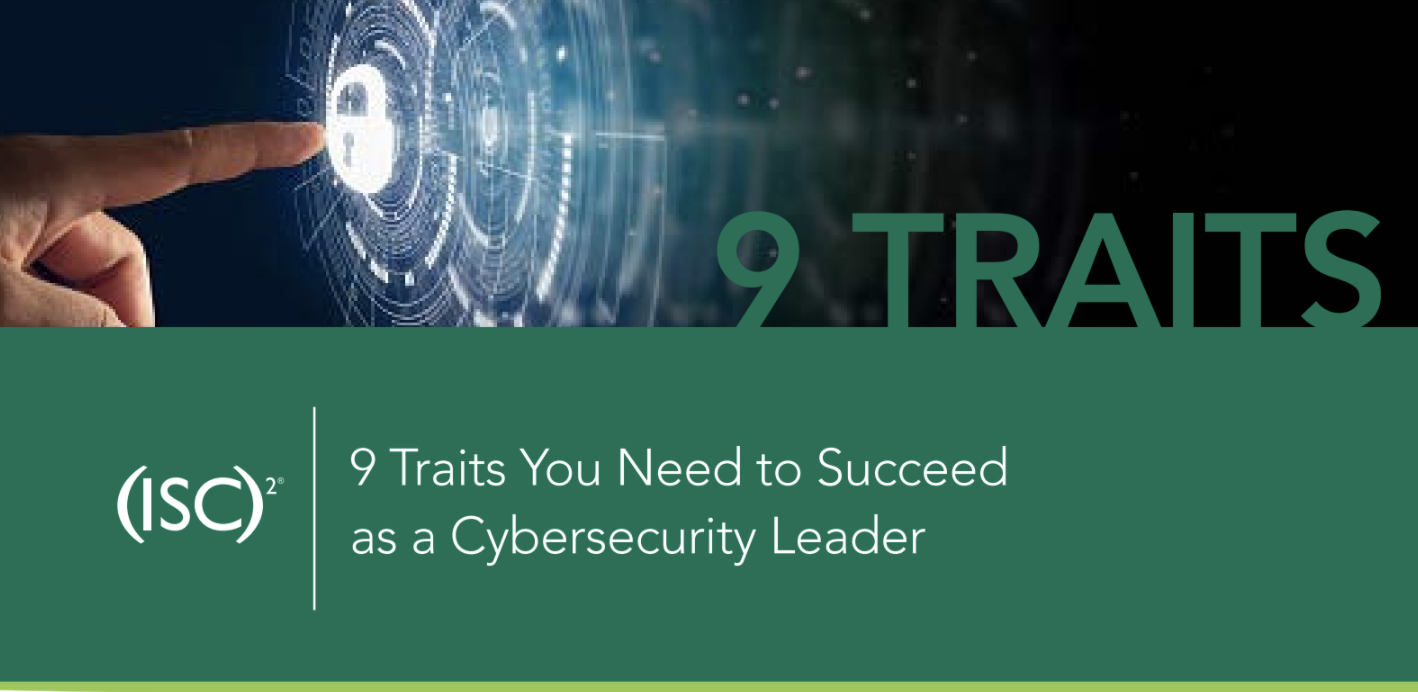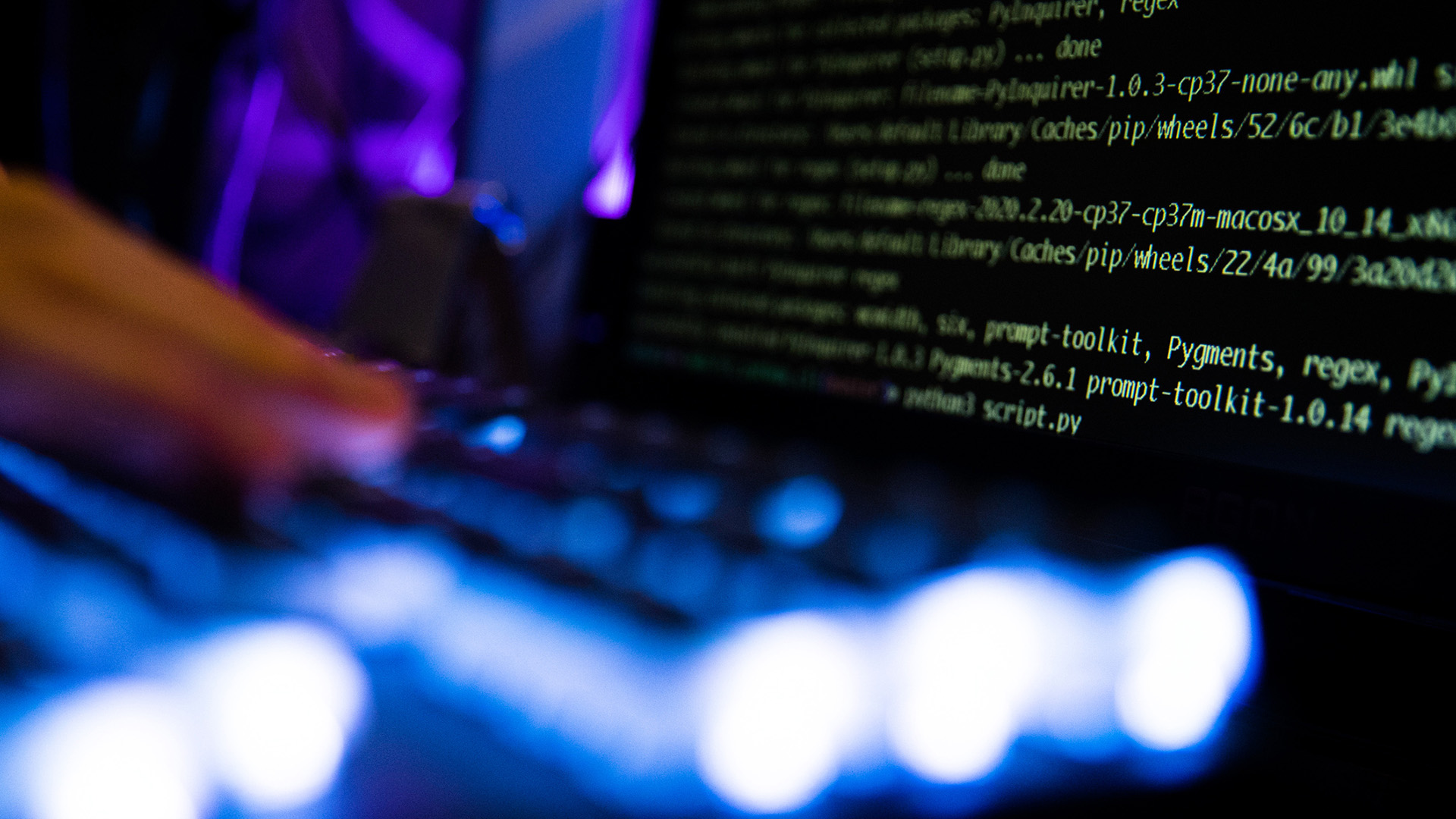Large US businesses are hackers' ideal ransomware targets
Research into dark web ads finds organizations in English-speaking countries are top targets


If you run a large, US-based non-health-care or -education company with revenue exceeding $100 million, then you will likely find yourself a victim of a ransomware attack.
These organizations are the most likely ransomware victims, according to a new report by cyber security firm Kela.
Kela searched dark web forums for hackers wanting to buy access to organizations. It found 48 active threads where hackers claimed they wanted to buy different kinds of accesses. Of those hackers, 40% were involved in ransomware in some way or another.
Victoria Kivilevich, a threat intelligence analyst at Kela, said ransomware attackers appear to form “industry standards” defining an ideal victim based on its revenue and geography and excluding specific sectors and countries from the targets list.
One of the hackers’ most basic requirements was network access such as RDP and VPN. The most common products mentioned were Citrix, Palo Alto Networks, VMware, Fortinet, and Cisco, according to Kivilevich.
She said that, on average, the actors active in July 2021 wanted to buy access to US companies with revenues exceeding $100 million. Almost half of them refused to buy access to companies in health care and education.
She added that the US was the most popular choice of hackers regarding victim location, as 47% of the actors mentioned it. Other top locations included Canada (37%), Australia (37%), and European countries (31%).
Get the ITPro daily newsletter
Sign up today and you will receive a free copy of our Future Focus 2025 report - the leading guidance on AI, cybersecurity and other IT challenges as per 700+ senior executives
“Most of the advertisements included a call for multiple countries. The reason behind this geographical focus is that actors choose the wealthiest companies which are expected to be located in the biggest and the most developed countries,” she said.
The research found that the average minimum revenue ransomware attackers wanted was $100 million, but some stated the desired revenue depended on the location.
“For example, one of the actors described the following formula: revenue should be more than $5 million for US victims, more than $20 million for European victims, and more than $40 million for “the third world” countries,” said Kivilevich.
RELATED RESOURCE

Nine traits you need to succeed as a cyber security leader
What characteristics and certifications make a successful cyber security leader?
Almost half of ransomware-related threads included a blacklist of sectors, meaning the actors are not ready to buy access to companies from specific industries. 7% of ransomware attackers refused to buy access to companies from the health care and education industries. 37% prohibited compromising the government sector, and 26% claimed they would not purchase non-profit organizations access.
“When actors prohibit healthcare or non-profit industries offers, it is more likely due to the moral code of the actors. When the education sector is off the table, the reason is the same or the fact that education victims simply cannot afford to pay much,” she said.
“Finally, when actors refuse to target government companies, it is a precaution measure and an attempt to avoid unwanted attention from law enforcement.”
Unsurprisingly, Russian-speaking countries are off-limits for ransomware hackers, the research found.
“The actors based in CIS suppose that if they will not target these countries, local authorities will not hunt them,” she said.
Rene Millman is a freelance writer and broadcaster who covers cybersecurity, AI, IoT, and the cloud. He also works as a contributing analyst at GigaOm and has previously worked as an analyst for Gartner covering the infrastructure market. He has made numerous television appearances to give his views and expertise on technology trends and companies that affect and shape our lives. You can follow Rene Millman on Twitter.
-
 Third time lucky? Microsoft finally begins roll-out of controversial Recall feature
Third time lucky? Microsoft finally begins roll-out of controversial Recall featureNews The Windows Recall feature has been plagued by setbacks and backlash from security professionals
By Emma Woollacott Published
-
 The UK government wants quantum technology out of the lab and in the hands of enterprises
The UK government wants quantum technology out of the lab and in the hands of enterprisesNews The UK government has unveiled plans to invest £121 million in quantum computing projects in an effort to drive real-world applications and adoption rates.
By Emma Woollacott Published
-
 ‘Phishing kits are a force multiplier': Cheap cyber crime kits can be bought on the dark web for less than $25 – and experts warn it’s lowering the barrier of entry for amateur hackers
‘Phishing kits are a force multiplier': Cheap cyber crime kits can be bought on the dark web for less than $25 – and experts warn it’s lowering the barrier of entry for amateur hackersNews Research from NordVPN shows phishing kits are now widely available on the dark web and via messaging apps like Telegram, and are often selling for less than $25.
By Emma Woollacott Published
-
 Healthcare systems are rife with exploits — and ransomware gangs have noticed
Healthcare systems are rife with exploits — and ransomware gangs have noticedNews Nearly nine-in-ten healthcare organizations have medical devices that are vulnerable to exploits, and ransomware groups are taking notice.
By Nicole Kobie Published
-
 Alleged LockBit developer extradited to the US
Alleged LockBit developer extradited to the USNews A Russian-Israeli man has been extradited to the US amid accusations of being a key LockBit ransomware developer.
By Emma Woollacott Published
-
 February was the worst month on record for ransomware attacks – and one threat group had a field day
February was the worst month on record for ransomware attacks – and one threat group had a field dayNews February 2025 was the worst month on record for the number of ransomware attacks, according to new research from Bitdefender.
By Emma Woollacott Published
-
 CISA issues warning over Medusa ransomware after 300 victims from critical sectors impacted
CISA issues warning over Medusa ransomware after 300 victims from critical sectors impactedNews The Medusa ransomware as a Service operation compromised twice as many organizations at the start of 2025 compared to 2024
By Solomon Klappholz Published
-
 More than 300,000 US healthcare patients impacted in suspected Rhysida cyber attacks
More than 300,000 US healthcare patients impacted in suspected Rhysida cyber attacksNews Two US healthcare organizations have warned threat actors were able to breach their internal systems, exposing more than 300,000 individuals.
By Solomon Klappholz Published
-
 ‘It’s your worst nightmare’: A batch of €5 hard drives found at a flea market held 15GB of Dutch medical records – and experts warn it could’ve caused a disastrous data breach
‘It’s your worst nightmare’: A batch of €5 hard drives found at a flea market held 15GB of Dutch medical records – and experts warn it could’ve caused a disastrous data breachNews Robert Polet made a startling discovery after finding hard drives on sale for €5 each in a flea market.
By Solomon Klappholz Published
-
 Warning issued over prolific 'Ghost' ransomware group
Warning issued over prolific 'Ghost' ransomware groupNews The Ghost ransomware group is known to act fast and exploit vulnerabilities in public-facing appliances
By Solomon Klappholz Published